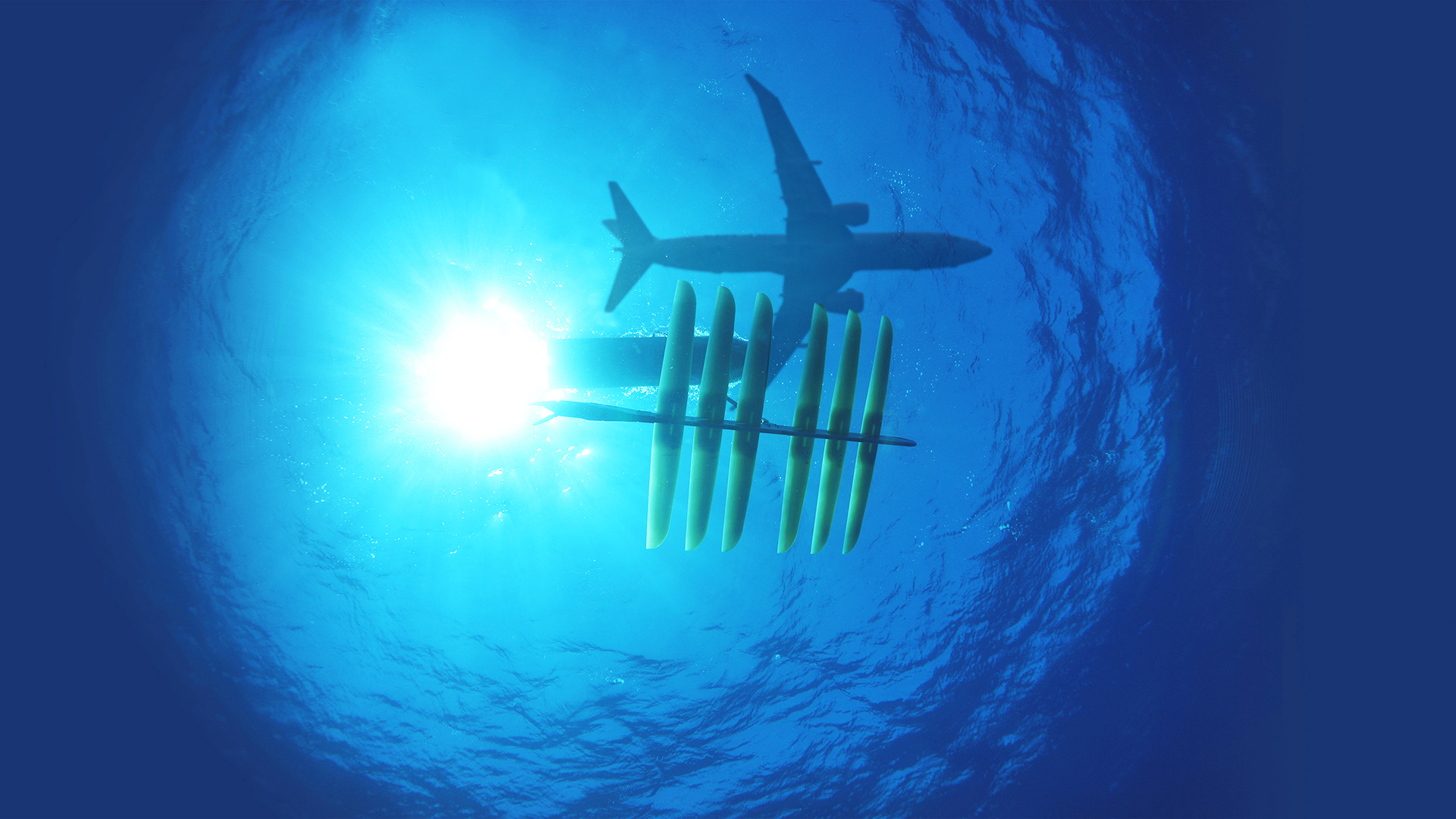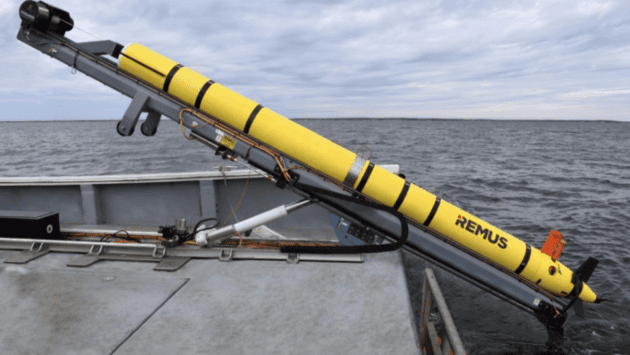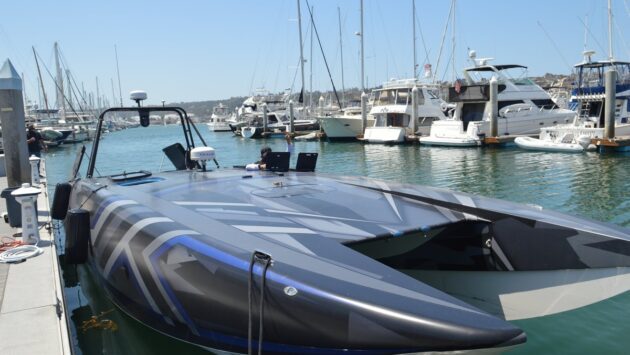ASPI Report – Australian border security and unmanned maritime vehicles
In a report published by the Australian Strategic Policy Institute the application of Unmanned Maritime Vehicles (UMV), like the Liquid Robotics Wave Glider, to Australia’s border security challenge has been considered. Australia’s complete maritime jurisdiction covers about 14 million square kilometres, including an exclusive economic zone (EEZ) of over 10 million square kilometres. For Australia, maintaining an awareness of maritime territory and protecting the sovereignty of maritime borders has never been more difficult than it is today.
The ASPI report found that there is room for new strategies to improve the efficiency and effectiveness of Australia’s maritime border protection efforts and that the most sensible place to begin this innovation is with maritime border surveillance capabilities.
It was noted that UMVs allow for an increase in the volume of maritime surveillance data at relatively low expense compared to aerial or manned assets. For example, for the cost of a single MQ-4C Triton approximately 400 Wave Gliders with towed-array passive sonar could be fielded. One Triton and 400 Wave Gliders could be more effective and more efficient than twoTritons as the Wave Glider could be used for targeted cueing of Tritons or other expensive assets, and thus increase operational efficiency.
The low cost of small UMVs could allow for a wide net of passive surveillance across large areas of Australia’s ocean territory. Most potential maritime threats to Australia emanate from northern waters, so an array of persistent, roughly equidistant UMVs along the northern approaches could act as a line of first detection against incursions. Another use for low-energy UMVs such as the Wave Glider would be to loiter in targeted areas of marine territory based on their value. For example, such an area might be at high risk from illegal, unreported and unregulated fishing, or a common smuggling route.
The ASPI report questioned the interdiction capability of Wave Gliders. While Wave Gliders cannot, for example, actively interdict in the way that a patrol boat can stop and search a ship at sea, they can still act to shape the behaviour of a contact and thus provide some options to interdict in a passive way and also cue active intrediction assets for fast and effective response.
An example of “passive interdiction” could be when a Wave Glider detects a submarine resulting in loss of covertness for the submarine. Effectively, the submarine must act to recover covertness to be a useful asset and so this delay and behaviour changing can be used in a useful way for operational effectiveness. The “passive interdiction” capability is a low-cost and powerful option for future maritime surveillance.
To read the full ASPI report, please visit the ASP I website at:
https://www.aspi.org.au/publications/australian-border-security-and-unmanned-maritime-vehicles
 |
| The Wave Glider Autonomous Surface Vehicle enables seafloor to space surveillance by bridging the sea-to-air boundary with persistent communication links |



